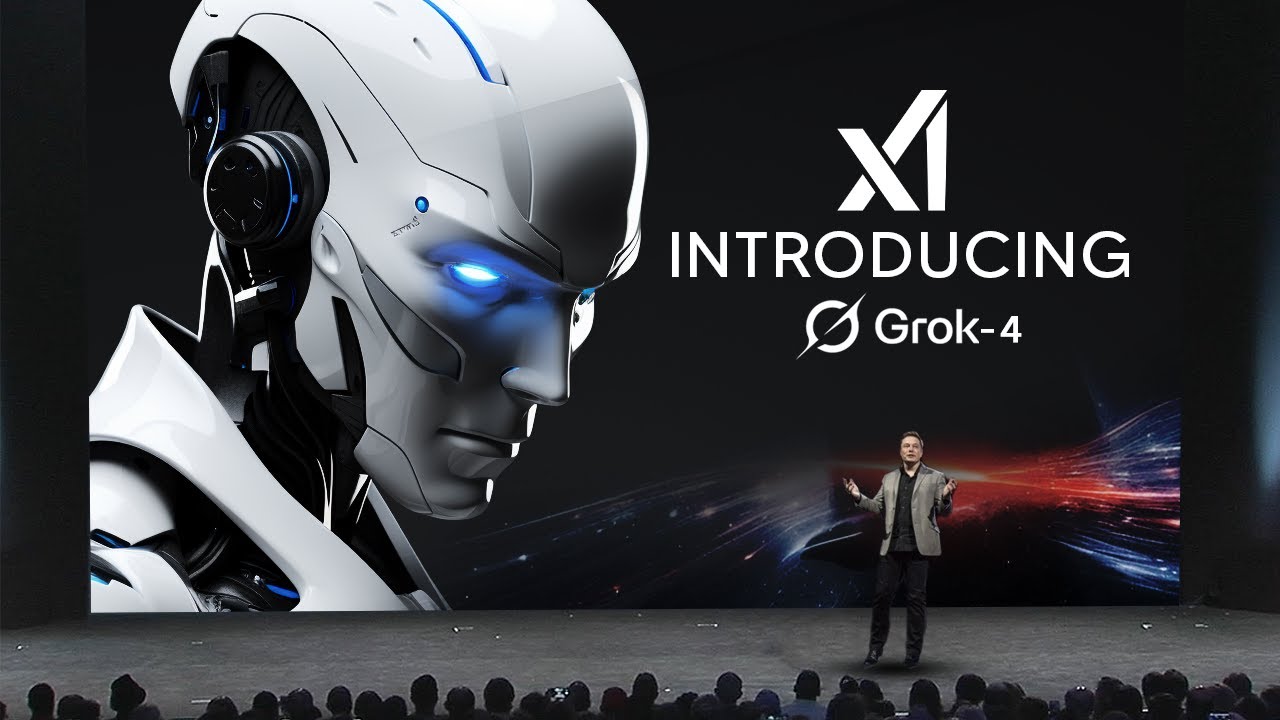Elon Musk’s Grok 4 introduces a revolutionary AI with three versions, including the Super Heavy model that uses collaborative agents to deliver superior accuracy and advanced multimodal capabilities, outperforming competitors on complex benchmarks and voice modeling. Despite its impressive performance and future potential in video and game development, concerns about embedded bias and high pricing highlight ethical and accessibility challenges.
Elon Musk’s recent release of Grok 4 marks a significant advancement in AI technology, featuring three distinct iterations: the basic Grok 4 chatbot, Grok 4 with integrated tool access, and the groundbreaking Grok 4 Super Heavy. The Super Heavy version is particularly innovative, employing an agentic framework where four independent agents collaborate by working on tasks in parallel, sharing insights, and refining solutions collectively. This approach surpasses traditional majority voting by enabling agents to learn from each other’s breakthroughs, resulting in more accurate and reliable outputs.
Benchmark testing reveals Grok 4’s exceptional performance, especially on the notoriously difficult “Humanity’s Last Exam,” where it doubled the accuracy of previous AI models, including top-tier competitors like Google’s Gemini 2.5 Pro. Grok 4’s capabilities extend across diverse subjects at a postgraduate level, outperforming humans and other AI systems on complex exams and reasoning tasks. Its tool integration, trained natively rather than relying on generalization, further boosts its effectiveness, making it a leader in real-world applicable benchmarks such as the Vending Bench, where it demonstrated superior long-term strategic planning and consistency.
Beyond text-based intelligence, Grok 4 also excels in voice modeling, surpassing even OpenAI’s GPT-4 voice in naturalness and responsiveness. This advancement highlights XAI’s growing prowess in multimodal AI, which is set to expand into video understanding and generation. The team is actively developing AI capable of creating and playing video games, automating asset sourcing, and integrating with major game engines like Unreal and Unity. These developments point toward a future where AI can autonomously design, evaluate, and interact with complex digital environments.
However, the video also raises concerns about Grok 4’s reasoning transparency and potential bias. The model reportedly incorporates Elon Musk’s personal views into its responses, which challenges claims of neutrality and raises ethical questions about AI impartiality. Users should be cautious, as this embedded bias could influence decision-making and the perceived objectivity of the AI, especially given its widespread use. Additionally, the premium pricing of Grok 4 Super Heavy at $300 per month positions it as a high-end tool, likely limiting access to dedicated users or organizations.
Looking ahead, XAI is focused on enhancing Grok’s speed, intelligence, and multimodal capabilities, with upcoming releases targeting improved coding models and significant leaps in image, video, and audio understanding. The company plans to train advanced video generation models on massive datasets, aiming to revolutionize content creation and interaction on platforms like X. This rapid innovation trajectory suggests that Grok and XAI are poised to challenge and potentially surpass other leading AI labs, driving forward the integration of AI into diverse real-world applications.
